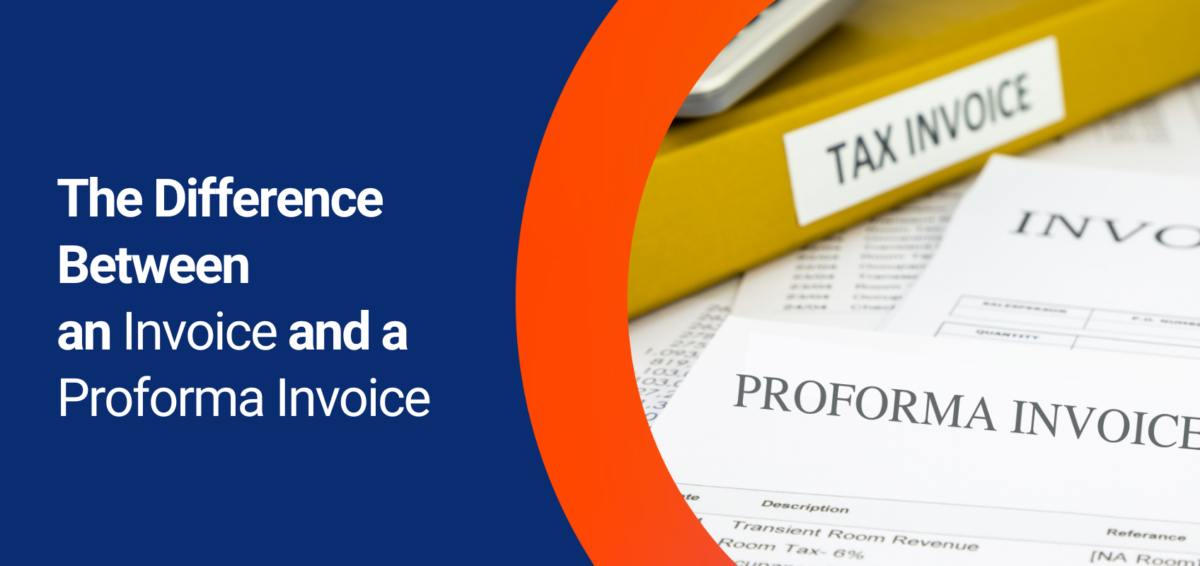
The difference between an invoice and a proforma invoice
Payoneer features a variety of integrated invoice solutions designed to optimize your eCommerce operations.
Our all-in-one invoice solutions can assist your business to better communicate with your clientele, boost sales, and stay abreast of payment tracking.
Today, we will explore proforma invoice and standard invoices in greater detail.
Thanks to Payoneer’s invoicing solutions, we can help contractors, freelancers, and consultants run their businesses smoothly.
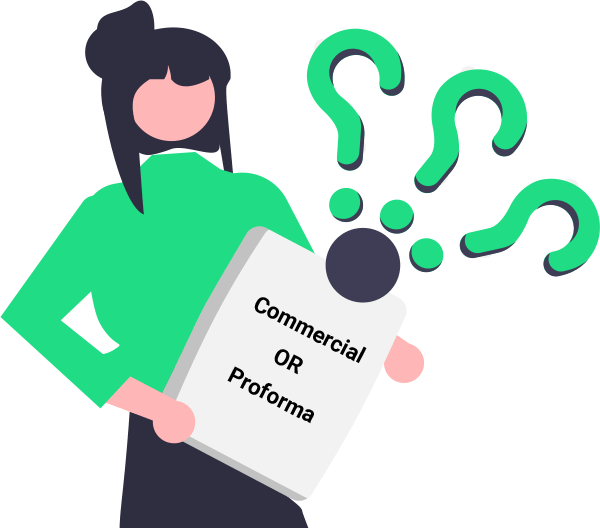

Invoices and proforma invoices are two crucial documents commonly used in business.
Learn to identify the differences between these two invoices to manage your finances and get paid by clients effectively.
An invoice is a document a seller issues to a buyer detailing the products or services provided and the total amount due for payment.
An invoice typically includes the seller’s name and contact information, the buyer’s name and contact information, a description of the goods or services provided, the quantity and cost of each item, the total amount due, and the payment terms.
On the other hand, a proforma invoice is a preliminary invoice issued by a seller to a buyer before the goods or services have been provided.
These invoices serve as a quote or estimate of the total cost of the transaction and are not legally binding documents.
Proforma invoices are often used to secure payment or financing before the goods or services are delivered.
Sellers may also use them to inform the buyer of the terms and conditions of the sale, including the payment terms and any applicable taxes or duties.
Here’s a rundown of what to expect when dealing with these very different invoices.
After reading this material, you will have a much better understanding of how to use these invoices:
What is an invoice?
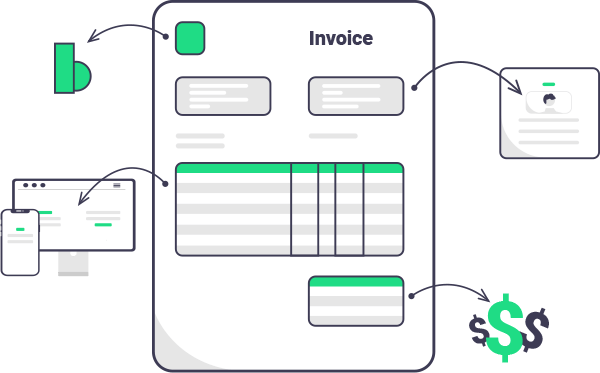

An invoice, also known as a legal, commercial, or final invoice, is an an accounting document that outlines the goods or services a seller provides to a buyer and requests payment for these items.
Invoices include details such as the seller’s and buyer’s contact information, a description of the products or services, the quantity and cost of each item, the total amount due, and the payment terms.
Freelancers use invoices to request payment from clients, eCommerce sellers to confirm a sale, and small businesses to ask for or record payment.
There are various types of invoices. The correct selection depends on the seller’s needs and the transaction’s nature.
What information is typically included in an invoice?


An invoice is an essential document for eCommerce sellers, as it serves as a record of the sale and a request for payment from the buyer.
Payoneer recommends creating well-crafted invoices, including the following information:
- Your business name and logo, address, and contact information: This helps to establish your brand identity and makes it easy for the buyer to contact you if they have any questions or concerns.
- The recipient’s name, business name, and contact information: This ensures that the invoice is delivered to the correct person and allows them to identify the transaction quickly.
- The issue date of the invoice: This helps establish the transaction’s timeline and can be used as a reference for future accounting purposes.
- An itemized list of the goods or services provided: This should include a description of each item, the quantity, the unit price, and the total cost. This helps the buyer understand what they are paying for and verify the invoice’s accuracy.
- A list of other costs included in the final total: Taxes, late payment fees, or shipping charges. It is important to be transparent about these additional costs to avoid misunderstandings.
- Any relevant discounts: If you have offered the buyer a discount on the goods or services, it is important to state this on the invoice clearly.
- The total price of the transaction: This should be the sum of all the items and costs listed on the invoice.
- The payment due date: This should be clearly stated on the invoice to ensure the buyer knows when payment is expected.
- Your local bank details and IBAN for ACH bank debit, SWIFT, and wire transfers: This makes it easy for the buyer to make an electronic payment and helps to ensure that the payment is received promptly.
By including all of this information in your invoice, you can ensure that the payment process goes smoothly and that you get paid on time.
What is a proforma invoice?
A proforma invoice, also known as a preliminary invoice or dummy invoice, is a document that provides a quote or estimate of the total cost of a transaction before the goods or services are offered. It is not a legally binding document, but it is a helpful tool for contractors, online sellers, consultants, and freelancers to give their clients an idea of the costs involved.
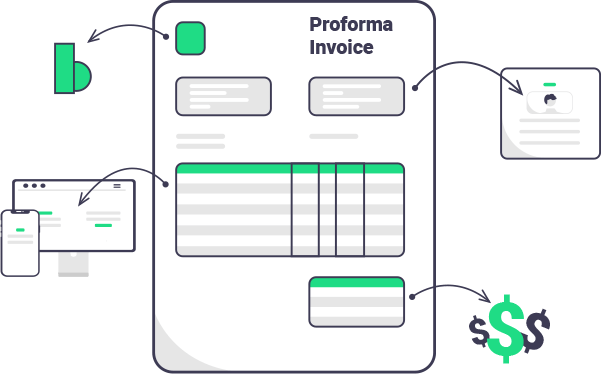

Proforma invoices are often used to secure payment or financing before the goods or services are delivered.
For example, a freelancer may use a proforma invoice to clarify the scope of their services and the associated costs to a potential client.
An online seller may request a proforma invoice from a supplier to compare prices and make a purchasing decision. In addition, small business owners may use proforma invoices to help their clients or customers make a purchase decision by providing an estimate of the total cost of the transaction.
While a proforma invoice is not a legally binding document, it is essential to be accurate and transparent in the information provided.
This will help to avoid misunderstandings and ensure that the transaction proceeds smoothly.
Information to be included on a proforma invoice
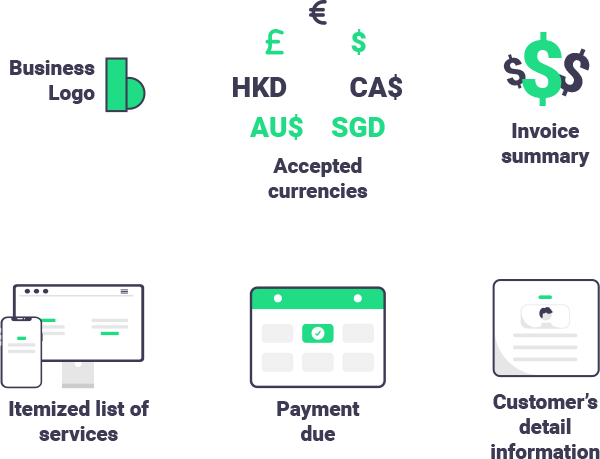

Proforma invoices are used to provide clients with an estimate of the costs involved in a transaction.
For accuracy and completeness, Payoneer recommends including the following details:
- Your business name and logo, address, and contact information: This helps to establish your brand identity and makes it easy for the client to contact you if they have any questions or concerns.
- The recipient’s name, business name, and contact information: This ensures that the proforma invoice is delivered to the correct person and allows them to identify the transaction easily.
- The issue date of the proforma invoice: This helps establish the transaction’s timeline and can be used as a reference for future accounting purposes.
- The “valid till” date: This is the date until the proforma invoice is valid. This is particularly important if the transaction involves perishable goods or services with a limited shelf life.
- An itemized list of the goods or services you agree to provide: This should include a description of each item, the quantity, the unit price, and the total cost. This helps the client understand what they are paying for and verify the proforma invoice’s accuracy.
- The shipping method(s) that will be used: This is important to include if the goods or services are being shipped to the client.
- A breakdown of taxes, shipping costs, late payment costs, and any other costs included in the final price: It is essential to be transparent about these additional costs to avoid misunderstandings.
- The total price of the transaction: This should be the sum of all the items and costs listed on the proforma invoice.
- For international invoices, include the purchase currency: If the transaction involves an international exchange of goods or services, it is important to specify the currency in which the payment will be made.
By including all of these details in your proforma invoice, you can ensure that the client understands the costs involved and that the transaction proceeds smoothly.
What are the similarities between regular invoices and proforma invoices?


Invoices and proforma invoices are both documents that outline the products or services provided by a seller to a buyer and request payment for these items.
- Names of the seller and the customer.
- Both invoices and proforma invoices include the total amount that needs to be paid, including any taxes, shipping costs, or other additional charges.
- They also both include a description of all the products or services that the seller is providing, as well as the name of the customer and the seller.
In summary, while invoices and proforma invoices have several important similarities, they serve different purposes and may include other types of information.
Therefore, we will explore the main differences between these types of invoices in the next section.
Differences between invoices and proforma invoices
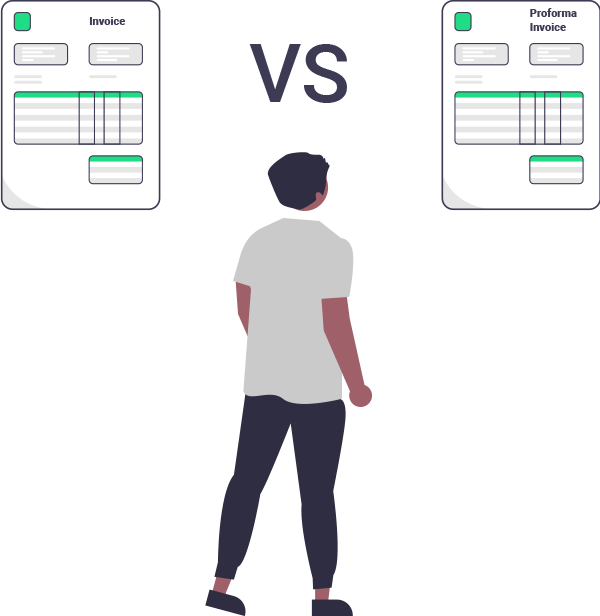

Here are some critical differences between invoices and proforma invoices:
- Purpose: An invoice confirms a sale and requests payment. In contrast, a proforma invoice estimates the total cost of a transaction or is used to secure payment (or financing) before the goods or services are delivered.
- Timing: An invoice is issued after the goods or services have been provided. A proforma invoice is issued before the goods or services have been provided.
- Legality: An invoice is a legally binding document (official) that records the transaction and the payment request. In contrast, a proforma invoice is not a legally binding document.
- Accounting: An invoice is an accounting document recorded in your accounts receivable or accounts payable books and may be subject to audit. A proforma invoice is not an official accounting document and is not recorded in a company’s accounts.
- VAT: An invoice can be used to reclaim VAT (value-added tax) if applicable to the business, while a proforma invoice cannot be used for this purpose.
In summary, while invoices and proforma invoices may include similar information about the goods or services being provided and the payment request,
they serve different purposes and have different legal and accounting implications.
Therefore, it is vital to understand the differences between the two to manage your finances and communicate better with your clients effectively.
When should I use invoices in my business activities?


Commercial invoices should be used to confirm a sale and request payment for goods or services that have been delivered or completed.
Here are some common situations when invoices are used:
- eCommerce vendors: After shipping their products, eCommerce vendors will send an invoice to the customer to request payment.
- Freelancers: Freelancers will typically send an invoice to their clients either after they have confirmed that they will take on a job or after delivering the service.
- Small businesses: Small businesses may use invoices to request payment from their clients for goods or services that have been provided.
- Proforma invoices: If a client makes a payment in response to a proforma invoice, the seller should still send a legal invoice for accounting purposes. The invoice should include the proforma invoice number and note that the total has already been paid.
It is important to send invoices promptly after the goods or services have been delivered or completed to ensure that payment is received in a timely manner.
Invoices can be sent either with the shipment of goods to record the inventory or separately.
When should I use proforma invoices in my business?


Proforma invoices are used to estimate a transaction’s total cost and secure payment or financing before the goods or services are delivered.
Here are some everyday situations when proforma invoices may be used:
- When a potential customer requests prices or a list of products and services: By sending a proforma invoice, you can avoid misunderstandings and ensure that everyone is clear on what is and is not included in the sales agreement and the total price.
- To show commitment to delivering the goods or services: Asking for a proforma invoice is a way for a potential customer to show that they are serious about buying from you and for you to show your commitment to delivering these goods and services.
- To provide a good faith estimate of the costs: A proforma invoice can provide the other party with an estimate of the costs involved in the transaction, which can help them decide whether or not to complete the purchase.
- To declare the value of goods for customs purposes: Proforma invoices may be used to declare the value of goods when shipping internationally.
- When you don’t yet have all the details needed for a commercial invoice: A proforma invoice may be used to send information even if you don’t yet have all the details needed for a commercial invoice.
- To help potential clients get internal approval for their purchases: Government agencies and large corporations may request a proforma invoice to obtain internal approval for their purchases.
Proforma invoices are a useful tool for estimating the costs involved in a transaction and securing payment or financing before the goods or services are delivered.
Payoneer recommends using proforma invoices in various situations, including when a potential customer requests prices or a list of products and services, to show commitment to delivering the goods or services, and to provide a good faith estimate of the costs.
Proforma invoices may also be used to declare the value of goods for customs purposes, send information when only some details are available for a commercial invoice, and help potential clients get internal approval for their purchases.
Useful advice for preparing a professional proforma invoice


-
- Send it electronically: Sending the proforma invoice electronically via email or through an online invoicing platform has several benefits. It ensures that the document can be found and reduces the recipient’s paper load.
- Use an online invoice generator: An online invoice generator can streamline the process of creating a proforma invoice by offering templates and automatically populating specific fields.
- Thank the recipient for their time and interest: A professional proforma invoice should always include a warm thank you to the recipient for their time and interest in your goods or services.Here are some tips for preparing a professional proforma invoice:
- Clearly label the document as a PROFORMA INVOICE: This will help avoid any misunderstandings about the nature of the document.
- Use your business branding: Including your logo and consistent branding elements, such as fonts and colors, will help make your proforma invoice look professional and help establish your business’s identity.
- Keep it short and easy to read: A proforma invoice should be concise and easy to understand, with itemized descriptions of the goods or services offered.
Following these tips, you can create a professional proforma invoice that communicates your pricing and terms to potential customers and helps secure payment or financing for your goods or services.
Professional tips for preparing a commercial invoice


Here are some professional tips for preparing a commercial invoice:
- Clearly label the document as an INVOICE: This will help avoid any misunderstandings about the nature of the document.
- Use your business branding: Including your logo and consistent branding elements, such as fonts and colors, will help make your invoice look professional and help establish your business’s identity.
- Send the invoice at the right time: The timing of your invoice will depend on the nature of your business.
If you’re selling goods, you may want to send the invoice with the shipment.
If you’re a freelancer or service provider, you may prefer to send the invoice after you complete your work. If you’re working on a large project, you may want to send the invoice at the beginning or halfway through the project. - For international clients, consider their payment schedule: If you have international clients, it can be helpful to find out if they have a fixed date each month when they make international payments. If so, you can send your invoice a few days before that date.
- Accept as many payment methods as possible: To make it easy for your customers to pay you, consider accepting as many payment methods as possible. For example, suppose you use an all-in-one, cross-border payments solution like Payoneer. Then, you can include a “Pay Now” button on your invoice to allow international customers to pay you immediately online.
- Keep a copy of the invoice: It’s essential to keep a copy of your invoice for your records so you can follow up on late payments if necessary.
By following these tips, you can create a professional commercial invoice that communicates your pricing and payment terms to your customers and helps ensure timely payment.
Manage your invoices well & grow your ecommerce business
Efficient invoicing can play a crucial role in the growth and success of your business.
By clearly communicating with customers, tracking sales, and staying organized with payment tracking, you can effectively manage your finances and ensure your business is running smoothly.
In addition, utilizing the right invoicing tools and integrating a reliable payment solution can further streamline your invoicing process and help your business thrive.
So, remember to consider the power of effective invoicing in driving the growth and success of your business.




